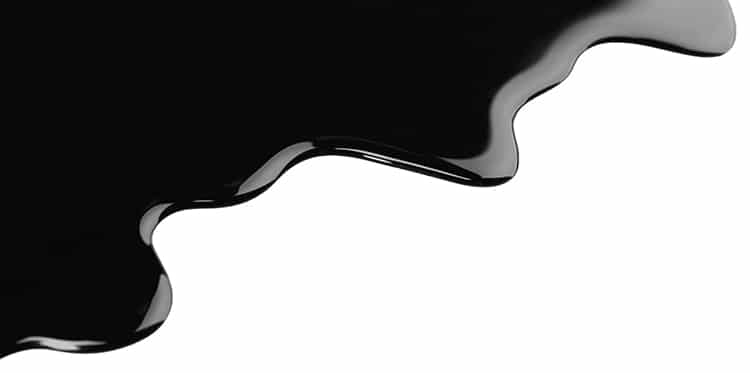By D. Carnahan and T. Morgan, NanoLab Inc.
From the very first paints to today, the discovery and development of the purest of materials and pigments has been a goal for artists and designers alike. The search for the blackest of black pigments is likely now at its end, or nearly so, with the development of carbon nanotube-based paints that swallow more than 99% of light across the visible spectrum.
The focus of our paint development over the last five years has been on creating the blackest matte-black paints using carbon nanotubes and tailoring them for use across the ultraviolet, visible, and infrared. Vertically aligned carbon nanotube arrays (VANTA) hold the record as the world’s blackest, most highly absorbing materials, and this is due both to their chemical composition and their structure.
The optical properties of carbon nanotubes are crystallographically dependent, as their structure is highly anisotropic. Nanotubes are similar to graphite, which has different in-plane and thru-thickness optical constants, except that in carbon nanotubes, the planes are wrapped into a tubular shape. As a result, VANTA coatings are not very black at grazing-angle incidence, due to that structural anisotropy. The VANTA coatings are synthesized at >500 °C, limiting the materials that can host such a material.
To address this and other issues, we have researched and developed optically absorbing carbon nanotube-loaded paints (now marketed as Singularity Black). These use a more randomized structure that has been tailored for high-optical and infrared absorption at normal and grazing-angle incidence. This paper describes the structures necessary for highly absorbing black coatings and reviews the approach and data collected for two products, Singularity Black paint, and our version of vertically aligned nanotube arrays, adVANTA.
